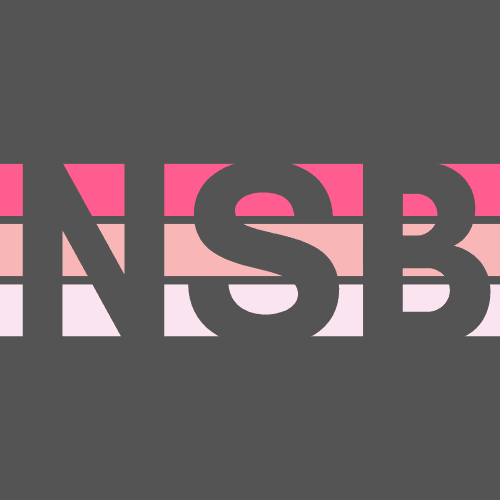Did you know – Tongue tension can have a physical connection to anxiety, depression, and insomnia.
Your tongue should rest up against the roof of your mouth (your pallet), not at the floor of your mouth.
Do you know someone that snores? Most likely they have incorrect tongue posture. What happens is their tongue slides into the back of their throat when they sleep and blocks their airway, which causes mouth-breathing and snoring.
Our tongue is part of the involuntary (autonomic) nervous system. This makes our tongue a “bridge” between our voluntary and involuntary nervous systems, and opens the way for us to trigger our involuntary nervous system the “deeper” part of our nervous system to begin to relax.
Even if we are not consciously aware we have a tendency to talk to ourselves. Part of this sub-vocalisation, our body, and more specifically, our tongue is conscious of it.
The continuous ‘running commentary’ in the conscious mind corresponds to tiny movements in the tongue, in which the tongue is ‘saying’ the words of our internal monologue.
When we relax the tongue or stop it from moving, the inner chimp brain ceases.
We often hold tension in the tongue without being aware of it and when stressed, many of us manifest this tension by pressing our tongue against the roof of our mouth.
Taking conscious control of your tongue
Relax your tongue
Relaxing the tongue is such an effective practice that, in her book Awakening the Mind: A Guide to Harnessing the Power of Your Brainwaves, Anna Wise, says “If you take nothing else away with you from reading this book, you will have gained enormously from this one practice.
- Close your eyes
- Briefly press your tongue against the roof of your mouth to make it tense, then stop doing that and allow your tongue to relax.
- It’s OK to let your mouth hang open slightly.
- Just simply let your tongue go, especially the back of your tongue.
- As you exhale, feel it let go even more.
- Exaggerate the relaxation.
- If you need to swallow, that’s okay.
- If your tongue gets tense again, don’t get annoyed. Just give it permission to relax again.
- Exaggerate the relaxation again.
- By now you can almost feel your tongue floating in the cavity of your mouth.
- You may feel it shorten some – or thicken.
- Exaggerate the relaxation even more.
- Focus on only relaxing your tongue – nothing else.
Stop your tongue from moving
In addition to relaxing your tongue you can reduce the tiny movements in the tongue by holding your tongue still.
This can be achieved by either physically holding the tongue with the thumb and forefinger or by placing the tip of the tongue on the roof of the mouth.
The latter option is the one I recommend you use.
So go ahead and give it a go:
- Just imagine that there is a little droplet of olive oil balancing on the tip of your tongue.
- Now place the tip of your tongue on the roof of your mouth, behind your front teeth.
- Imagine that you are balancing the droplet of oil, holding it in that position.
- Notice that your tongue becomes still as you continue to hold your tongue in this way.
- Now notice how quiet your mind becomes as you do that.
You can hold your tongue in this position for as long as you like. I use this technique when working with clients as it stops my internal chatter and allows me to focus 100% on what the person is saying. I also use it to stop a negative thought in its tracks.
More Tongue Exercises
Tongue stretch – protrusion
Drop your jaw and protrude your tongue as far as it will go, holding it there for
30 seconds while breathing. You should feel a pull in the base of your tongue.
Check you are not tightening your neck muscles – use a mirror, or place a
hand on your neck to feel for tension.
Tongue stretch – shapes
Stick your tongue out and draw a square with the tip of your tongue. Do this 5
times. Try different shapes – circle, triangle etc.
Tongue release – teeth ‘clean’
Run your tongue all around your mouth to ‘clean’ it – between lips and gums,
behind teeth, along the roof and floor of your mouth, even counting your teeth
with your tongue. Keep going for 30 seconds.
Tongue base stretch
Anchor the tip of your tongue behind your bottom teeth, drop your jaw and push
the back of your tongue forwards as far as you can, ensuring the tip stays
behind your teeth. Breathe and hold the stretch for as long as possible – at
least 10 seconds.
Loosening tongue with voicing
With a relaxed jaw, put your tongue out between your lips and count slowly to
10 out loud. Continue with your tongue out and try reciting a nursery rhyme,
reading aloud or singing a song. Keep your tongue relaxed and floppy
throughout. Return to normal position, then count to 10 again, and try to keep
the feeling of relaxed, forward tongue, and space at the back of your mouth.



